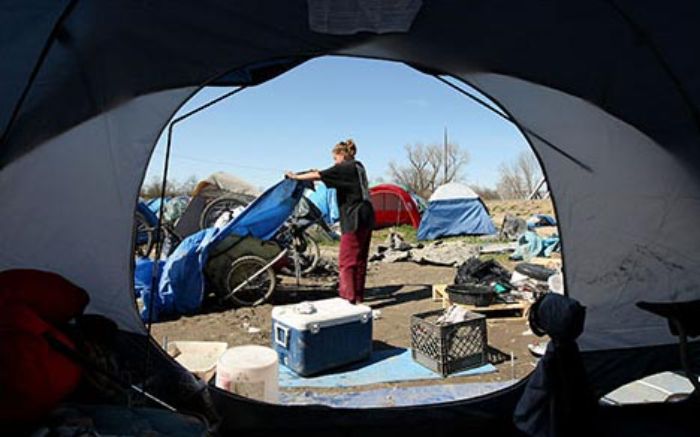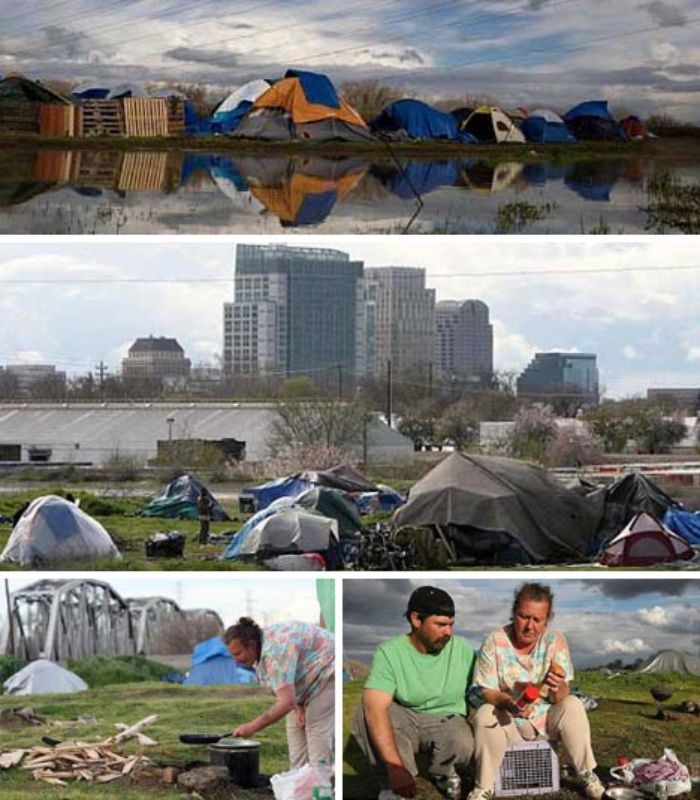Tent Cities in America: Why Illegal Settlements Flourish

Tent cities are an uncanny and utterly urban design phenomena – in most cases their creation is neither officially planned nor sanctioned by a city from the outset, but in many instances cities quickly realize they have no alternative but to let them be. With recent economic troubles around the USA existing ones have grown and entirely new tent cities have been created. But what does it mean to be forced to live a makeshift lifestyle that no one really designed?
A Troubling Trend

As a culture historically obsessed with caravans, we glorify the flexibility of mobile living and imagine freedom to be found portable houses that can go anywhere and are not limited by building codes and conventions. In fact, new trends like #vanlife make living in a vehicle out to be glamorous and exciting, leaving out the parts that aren’t so Instagram-friendly. There’s actually quite a fine line between the kind of envy-inducing nomadic lifestyle seen on social media and outright homelessness.
In reality, those who cannot afford to live in modern mobile homes and are forced to camp in makeshift groups have difficulty finding not only privacy but in many cases good access to clean water for bathing and drinking as well.
No Solution in Sight
In some areas, local laws prohibit tent cities outright and residents are forced to hide in forests or otherwise undisclosed locations to avoid raids and harassment by police. In other cities, the sudden fact of hundreds of people living in a parking lot simply has to be accepted when shelters are already bursting at the seams. With repossessed homes, no income and no credit some individuals and families have no other option.
Seattle, for instance, has tent cities that live up to the name, taking over both hidden forested areas and prominent city parks and including all kinds of infrastructure. Are they eyesores and environmental health hazards? Absolutely. Are they safe living conditions? Definitely not. But until we make housing, mental health care and addiction treatment accessible to all, these illegal-to-semi-legal settlements will continue to grow larger, more common and more complex.




